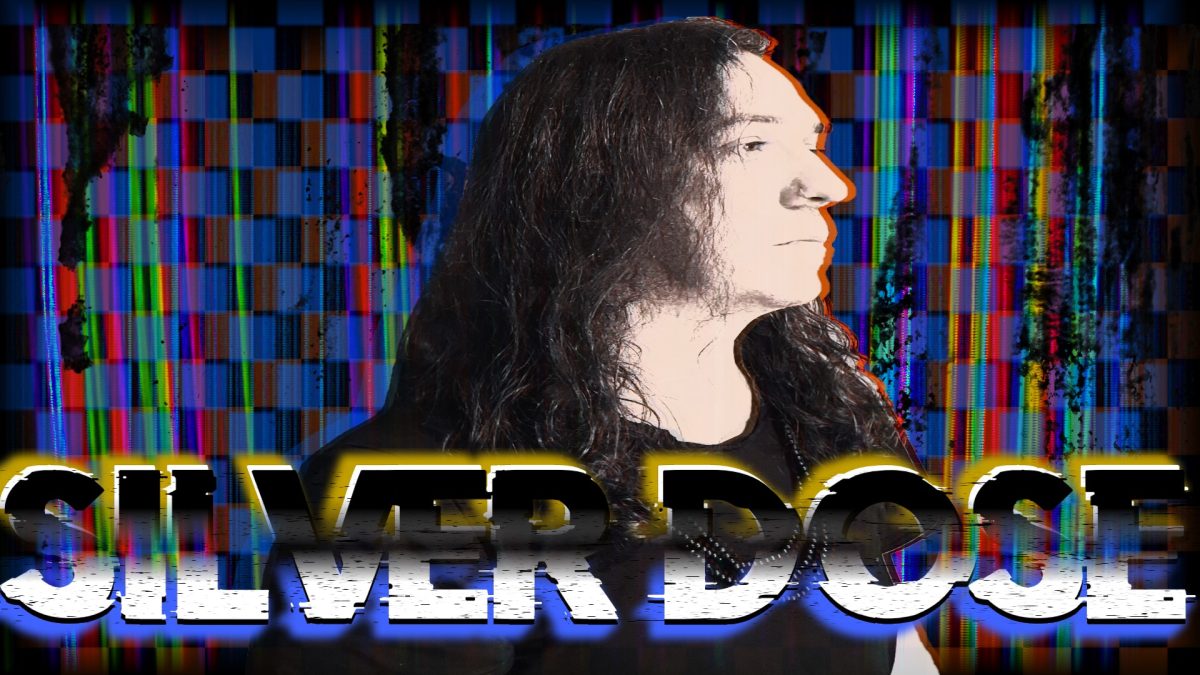Often times musicians have a way of letting emotion be the divining rod. And the good ones manage this at no expense to their goals. Sean Riley wasn’t always like this. Many miles and many crowds have since subdued the fifteen-year-old in him that was a bit on the shy side. Back then, he kept playing and practice to himself, emerging occasionally to strum a few chords of Smoke on the Water or Layla for friends. Words of encouragement, coupled with desires to be like what he heard, are what kept him going.
He knew what the end result was supposed to sound like. Saratoga Performing Arts Center was located in his hometown, and he’d seen acts like The Allman Brothers, The Grateful Dead, and Steely Dan. He also listened to Roy Orbison, Beach Boys, and Waylon Jennings when his parents played those records. And he knew where the sound came from. His aunt gifted him an old Stella parlor guitar when he was a child. He would often marvel at it where it hung on the wall in the living room. Connecting the dots between those stage shows and this, until now, wall art meant pulling it down and seeing how it felt. Sean recalls, “I didn’t know how to tune it. We didn’t have those tuners you plug in back then. It was tuned to a piano. And I didn’t have anything. So, I had to learn from… I bought one of those what looks like an old harmonica that’s got a little tube. You blow the E and I would tune it. That’s when I got my first lesson. I was like, I gotta learn how to tune the damn thing. But when I first picked it up, I just loved the feel of it.”
I found that, throughout our discussion, he would speak frequently about taking lessons. Although he did take formal lessons for a short period of time, there were a myriad of things that he referred to generically as lessons. This experience was one. And you’ll hear about more later. I specify this because within him, as should be any aspiring musician out there, lived the drive to master the art. Existing in this mindset means that lessons come from all areas in life. This perspective inevitably leads one to greatness. His dedication did not go unnoticed. After spending countless hours with that Stella, his father agreed to buy him an electric guitar. Formal lessons were a condition of this gift.
From a wall amongst many, this self-described late bloomer grabbed a ‘73 SG at an old guitar shop because he liked the way the thing looked. But the esthetics began to shift focus within him and it may not have been noticeable at first. As many children do, he listened to most genres back then. From punk to hip hop, a blues/rock spoke to him louder that the rest. Wherever this voice came from, it was naked and undecorated. He didn’t want to be famous. He didn’t want to be rich. He wanted to play that guitar on stage. And he wanted to do it right. So, whenever the voice spoke, he listened.
The rudiments were found in a few places; tab books, instructional DVD’s, and “The Guitar Grimoire: A Compendium of Formulas for Guitar Scales and Modes”. What he learned would be put to the test whenever a friend could come over and play along. He laughed when he remembered how amateur they all were but maintains he will never forget that initial feeling. Loosely associated jam bands would form and dissipate. Whenever he encountered those with less drive or interest, he would simply revert to playing in his room. As he got older, he was able to get more of those lessons going to local pubs to see shows. Watching the guitarists pick things out and hearing how it sounded taught him a lot. College became a good place for meeting musicians and getting more of these lessons too. He explained a time at college when he played for someone that he felt was better than him. The guy said, “you’re good, but you’d be better if you learned theory”. That one statement impacted him, compelling him to seek formal lessons once again.
From here, advancement took him from playing in a basement with roommates to bars and frat parties. He teamed up with guys from the college jazz band, playing what the Allman Brothers covered. Elmore James and Junior Wells became his expression of a strong love of the blues. Lessons still came from local pubs. He would see a band playing and think to himself, man we can do that. But the lack of ambition from other members always seemed to stifle growth. Taking a semester break and travelling to Europe would definitively end the college band days. It would be the genesis for him to strike out on his own in new surroundings.From there, he returned for a work study program in New York City. It was there that he would remain for the next fifteen years.
It was the early 2000’s and the Black Keys had just come out. Sean played anywhere and everywhere, bringing with him that stripped down blues rock style that he loved. His background in graphic design gave him something to fall back on during leaner times. A bottleneck in music commerce had become noticeable. Rates were on the rise and some of the larger venues were closing down in Manhattan. But across the river in Williamsburg, things were booming. So, he would take the L Train to a patch of small, underground places and DIY house shows that garnered a good crowd and sometimes hosted small label reps. He would play rhythm guitar in funk bands, sound off in indie rock bands, and cater to the booking agents that loved the blues. This was the mix of the day. And there was a decent folk music following at places like Jalopy Theater in Red Hook, a southwest Brooklyn town with a diverse, laid-back community.
So, how did Sean come to live all the way down in New Orleans? The Jazz Fest sold him on the place. He travelled down for the event once or twice before and was captivated by the music, the food, and the night life. One too many cold nights up north were enough for he and his wife to make the move ten years ago. He’s certain his career has benefitted from this and cites the city as inspiration for his writing. He began by busking on Royal Street and, after meeting a few people, was able to get a gig on Frenchman Street. He sees the main contrast between New York City and New Orleans being the communal aspect. Things seemed clicky up north. He’s had to remain versatile while here, playing from uptown to the Bywater and playing with many different people. His band, Sean Riley and the Water, was actually named for this. The water represents the constant flow of players passing through the band.
He does have a couple of musicians with whom he plays often, bassist Dean Zucchero and drummer Mike Barras. Sean explained, “Those guys I’ve been playing with a lot throughout the years. So, I would road test the songs with them. That was one tight unit that I felt comfortable with.” And when it came time to record his new album, Stone Cold Hands, he played with those guys and invited a slew of Louisiana locals to contribute. This ten-track body of work has charted in many places, including Billboard, and features Bruce “Sunpie” Barnes, Waylon Thibodeau, Phil Breen, Tiffany Pollack, Megan Harris Brunious and Whitney Alouisious. It is his sophomore effort, released on Dean Zucchero’s label Pugnaceous Records and recorded at RiverShack Studios, and is preceded by one 7 song EP, Biting Through, released in late 2019 under name Old Riley and the Water.
Author: David Trahan




























